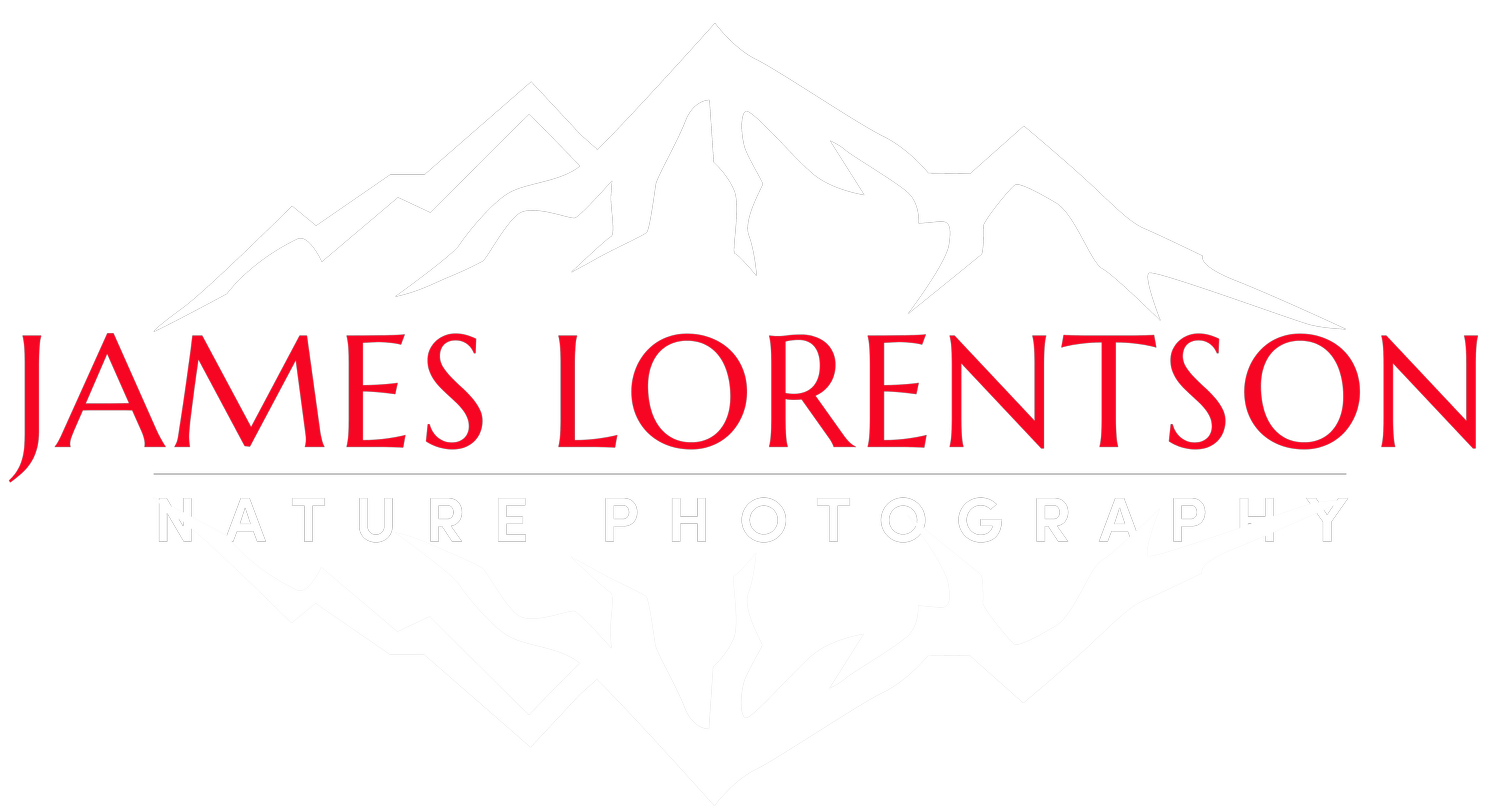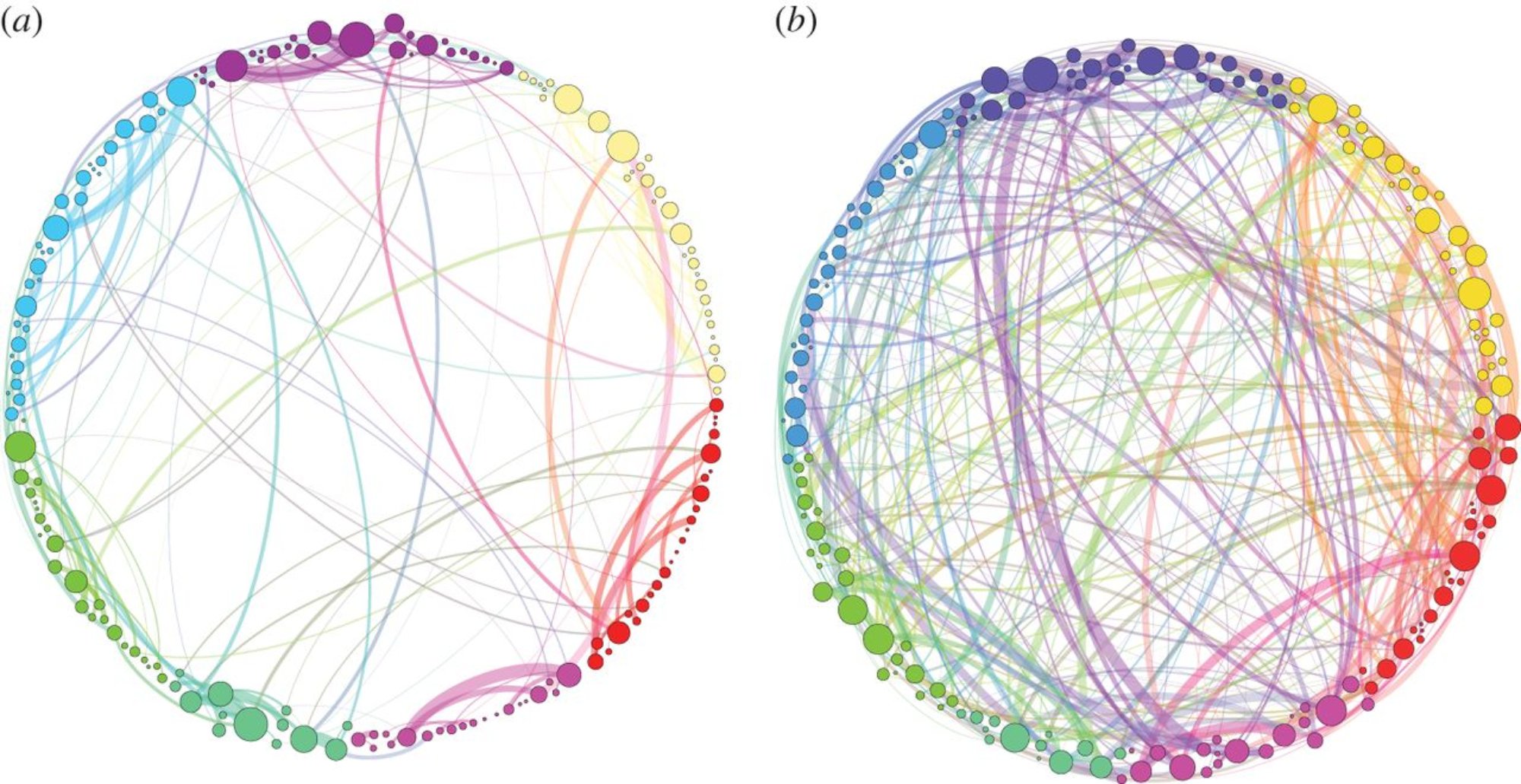Creativity // [Part 2] Creative COMPOSITION in Landscape Photography
“The question is not what you look at, but what you See” — Henry David Thoreau
Today, we'll be exploring Part 2 of this series on creative composition in landscape photography. If you haven’t read the first part, you’ll want to check that out here.
Last time, we got in touch with what inspires us, and explored WHY, so that we can better channel and visualize our intent in our photography. Today, we’ll discuss how to spark our creativity and unleash our artistic potential!
Folds of Green
Creativity
What is creativity, and how do we get more of it?
I think it is particularly hard to define since creativity deals much less in definitions, rules, structure, organization or concepts; and has more to do with ideas, imagination, feelings and imagery.
While it is hard to define, creativity is easy to recognize! Think about it...as you flip through Instagram, Facebook or 500px, you probably have no problem instantly recognizing the images that really stand out to you, the ones that are composed well and also have the special something to them. After all, that's one of the goals of the questions in the first part of this series - analyzing what makes images you like "work." But analyzing and breaking down what makes those images work (i.e. rule of thirds, atmosphere, balance, etc) doesn't quite explain it all, does it? And that's because creative art is more than the sum of it's parts - it is the doses of those parts, their arrangement, how the artist brings them all together to form a cohesive whole, and most importantly: how it makes us feel.
It's already in you! The fact that we can easily recognize a 'good' piece of art as 'creative' means that we already have some of the essential ingredients.
Many people think creativity is only an inborn talent, something that can't be taught. But we know this NOT to be true, both from scientific research and also from the many successful artists that tell us so. While some may posses more of an innate drive to explore and figure out, to recognize relationships and connect patterns, these things can also be developed.
There's Only One You
“I really believe there are things nobody would see if I didn’t photograph them.” — Diane Arbus
It may sound cliché, but it’s true - everyone sees and experiences the world in a unique way. Know there is only one of you. As communicators, our compositional choices are one of the most impactful ways we can speak our unique perspective. As artists, we are trying to influence the viewer to see the world as we do. So show your viewers something they haven't seen before - the world through your eyes - whatever that may be.
There's little new in photography, but it can be new for you. Even at a location that has been done a million times before, it hasn't been photographed by you. So the next time you're at a well know spot, challenge yourself to bring a unique and personal spin to your composition.
Lost in a Dream (Available for Print)
Elements of Creativity
- AWARENESS - to the nuances of what you're photographing, and to your inner feelings.
- COURAGE - to face your challenges, to share a point of view, to let yourself be seen, to start withOUT a completed end in mind, to allow yourself to experiment, take risks, make mistakes and even fail.
- CAPACITY - to see things differently, to recognize relationships.
- UNDERSTANDING - of your chosen artistic medium ― the technical ― so you can bring your vision to light.
- PERSISTENCE - to practice and develop the learned skills.
We looked at self-awareness in the last post; and in a future post, I will share the in-the-field process I have internalized for becoming AWARE of my surroundings and internal feelings. The fact that you are here means you already have COURAGE. Vulnerability, imperfection and experimentation are things we can all work on to further improve, so trust your instincts.
“Everyone has talent. What's rare is the courage to follow it to the dark places where it leads.” ― Erica Jong
We'll take a deep dive into some of the technical aspects and challenges of composition (UNDERSTANDING) in the next post, so that brings us to #3 - the CAPACITY to see things differently.
Seeing Things New
The capacity to see new things (or to see things anew), to recognize and draw relationships, to combine or extend new ideas BEYOND their apparent limits, or in some other way add your own spin is essential to creative art.
This is what books like, "Steal Like an Artist" are all about — not 'steal' as in plagiarize, skim or rip off — but study, credit, remix, mash up and transform. Creative work builds on what came before, and thus nothing is entirely original. It's kind of beautiful — how interconnected everything is, isn't it?
This is a graphical visualization of a human brain on magic mushrooms (right). This may seem off topic, but it is analogous. The researchers found that under the influence, our "normal" way of sending signals loosen their connections and expand to create new ones. This allows some of the filters we normally perceive the world through to be lifted, and explains why many users describe things like seeing sounds or hearing colors.
How to improve creative capacity
"Yes, and..." Just like good conversation, we can jump start our own creativity by saying, "Yes, and..." Yes to the things that already inspire us, and then we add our own spin.
Connect the dots. Look for patterns and trends. Take two or more things you like and combine them in a new way.
Push boundaries. Find ideas you like and push them beyond their apparent limits.
Lean in to challenges and work with limitations. (See below)
Do activities that encourage imagination. Things like spending time in nature, reading, going to art museums, playing imaginative games and travel are all highly recommended.
Practice. I believe this capacity lies within every human being. However, it needs to be fostered and exercised in order to become useful, just like any other human ability.
Developing a Distinct Style
Now, we see that many successful artists develop creative styles that they become known for.
Much to my professional detriment, and perhaps in step with my ADHD mind, I still very much enjoy incorporating different looks (i.e. deep blacks vs muted blacks, saturated vs. desaturated, etc) in my imagery. While this may limit my professional advances in becoming known, I'm okay with it because it is creatively satisfying, as the things that I want to say ebb and flow in response to both the subject matter and to my own internal processes.
You may have a distinct 'look' to all of your images. You may not. And, at least from a creative standpoint, either way is okay!
Here's the good news...
Internal creativity flourishes most when we are faced with challenges.
Social experiments have shown that when we are up against the wall, our minds can come up with almost magical solutions to problems. When people are too comfortable and have an abundance of solutions, they simply have no incentive to use what’s available any differently than how it was originally intended. On the other hand, when there are obstacles in our way, and when solutions appear scarce, we are propelled into creativity, and will often come up with novel ways of seeing and solving problems. That confirms again that creativity is in many ways situational, not some inborn personality trait, and is attainable by anyone willing to practice. Woohoo!
This is one of the reasons why you'll often hear experienced photographers saying that, 'gear isn't everything,' and advising emerging photographers to challenge themselves, for instance, to a day of using only one lens in the field - as it can stir creativity and force you to better learn how each piece of equipment really works.
So that’s it for today. Creativity is available to anyone aware and courageous enough to work at it. Now that we are up for a challenge, we'll be taking a deep dive into some of the compositional obstacles we face in the next post.
If you like what you’ve read so far, please subscribe, and share this with your friends.




